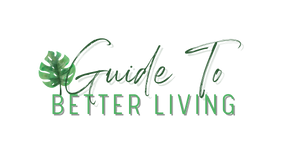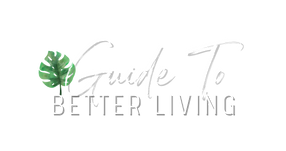Getting started with Low Carb
If you’re getting started with low carb or the Keto way of eating, I thought I’d share some tips on how to get started, or start again, for those of you who have fallen off the wagon. The most important thing to remember is: THIS IS NOT A DIET. This is a complete lifestyle change. Many people who have tried every diet (like I have) have failed for a number of reasons.
1. Hard to maintain
2. Too much counting numbers
3. The food tastes like crap
4. You have to buy ‘their food’. Then you go off ‘their food’ and you put all the weight back on
5. You feel like you’re missing out
6. It’s just no fun
And the list goes on!!
Low carb for me has been about changing my lifestyle completely and finding the alternatives to help me answer all those pain points so I never feel like I’m on a diet. Now sticking to it is super easy as it’s just a part of my life.
So, here’s some tips to get you started.
AMYLASE
Amylase is the enzyme in your saliva that breaks down carbs. If you’ve ever been on a low fat diet, which is higher in grains, diet products etc, you may notice you eat more (or are hungry), that you may have gut issues such as bloating or diarrhoea, or that it just didn’t work its possibly because of you’re Amylase production. It’s a gene thing so chances are you don’t produce as much Amylase as someone who is really slender. Another sign can be that there’s a history of obesity in your family or that your weight gain is always around the middle. If it’s possible your genes affecting your weight loss and wellness, you have a few choices.
1. Ignore it and achieve no success
2. Take a gene test via my Naturopath Lynette Hill. This gives you a breakdown of what you can and can’t eat for optimal wellness
3. Just start by reducing your carb intake. You’ll find it weird to start with as the traditional food pyramid focusses on carbs as being a bigger portion of the diet. Great for some people, not great for many others who are carb intolerant.
4. Go for a run or do vigorous exercise. This increases your Amylase production by up to 500%
5. Drink water with lemon juice in it 20 mins before eating. This will also stimulate Amylase production and help you process any carbs in your food more efficiently.
Just to sum up: Your body will only have been used to burning carbs as fuel. Eat more carbs than energy expended, your body will store the carbs as fat, just in case it needs them for the future. Reduce your carbs and the body has to burn it’s own fat stores for energy and over time learns to use fats as fuel. That’s how I understand the process anyway. Muscle weighs heavier than fat so you may see clothes loosening and not much of a shift on the scales. Don’t fret. Look for the positives, such as more energy, better sleep, clearer mind etc. Also, when you first start you may have fast initial weight loss. As you’re doing something different with your body, you lose water weight first. If it stops or slows, just keep going because remember: this is not a diet. It’s a way of life. Create new positive habits, step by step and day by day.
PLANT, PROTEIN, FAT
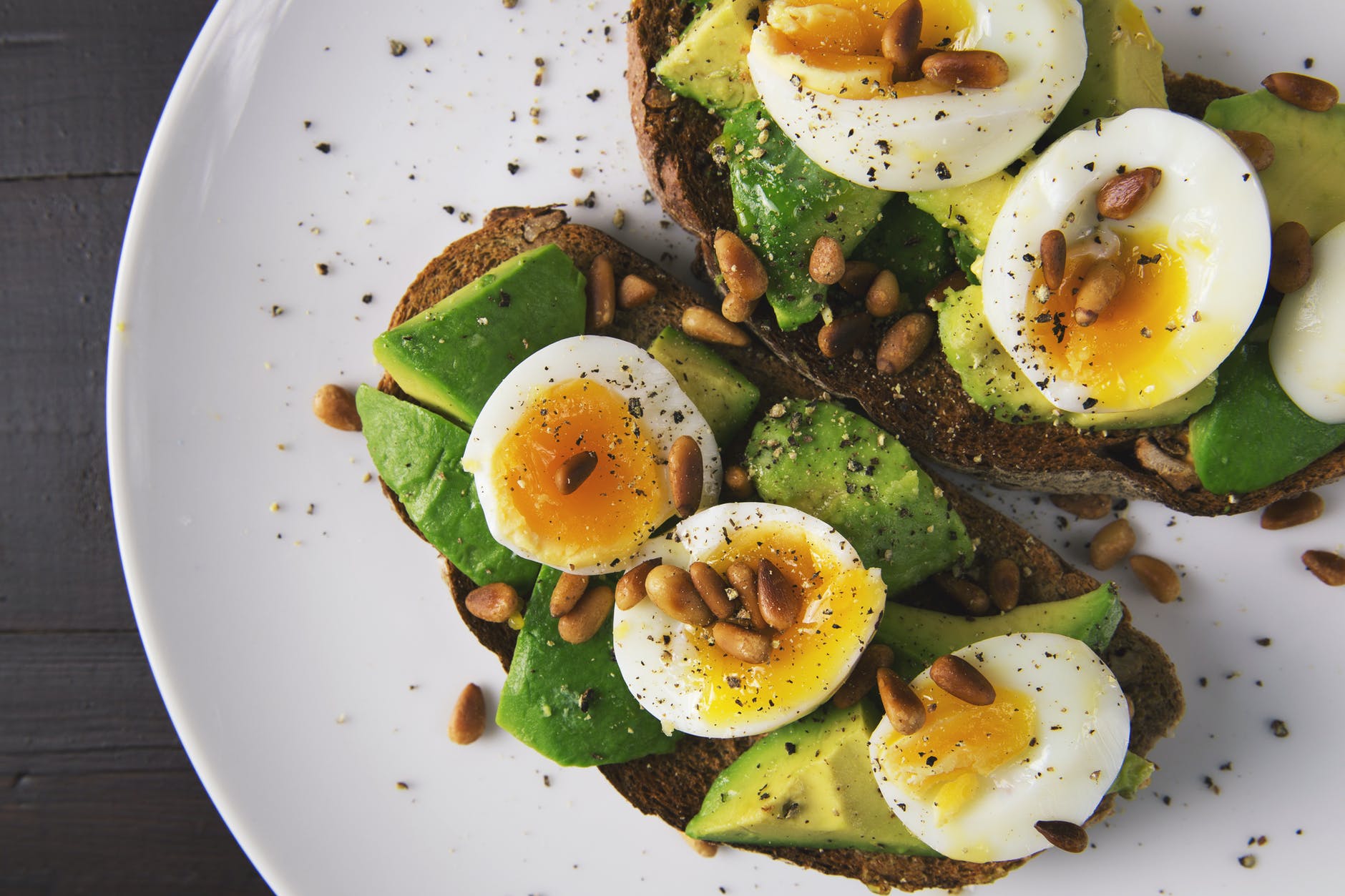
This is the way we should actually be eating for a healthy diet. This means reducing sugars, reducing processed food and eating more plant based products, quality protein and good fats. Avocado, butter, olive oil, cream, nut butters, avocado oil – in fact most naturally occurring cold pressed oils are your friends. It took me ages to get my head around this but it works. Protein and fats keep your fuller for longer and stabilise your blood sugars. Fluctuation in blood sugars can lead to insulin sensitivity or resistance, weight gain – particularly through the mid section and many more complications. I was pre-diabetic, my Dad was a type 2 diabetic and many of my family members are either pre-diabetic or have type 2. I believe this is treatable and in some cases, reversible – especially as I have experienced this myself.
REDUCE CARBS GRADUALLY
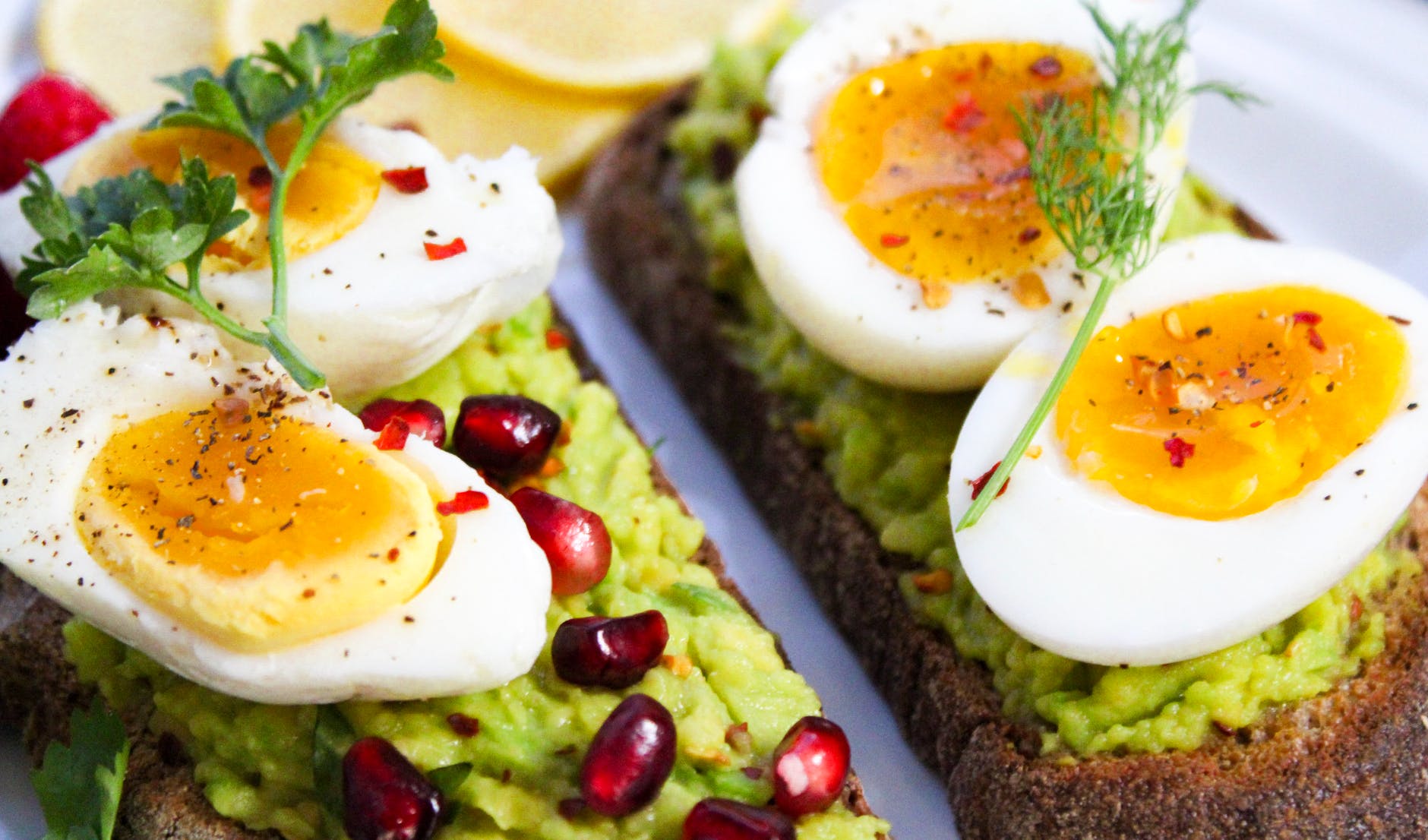
Eating lots of sugar or carbs right now? Yes this includes potatoes. Then the key is to reduce your carbs gradually. It takes 30 days for a repeated action to become a new behaviour and lock itself into your ‘autopilot’ / subconscious programming. Make 1 change a week. Go easy. It may be as simple as adding a good quality protein bar to your handbag so if you’re feeling hungry / hangry, you have a back up plan. Eating more protein will get you on the right path easily.
Something to mention: I read this on one of the Low Carb sites:
‘Everybody has yeast in their gut. It’s when there’s too much yeast that it becomes a problem. You’re probably familiar with candida? Candida is an overgrowth of yeast. If you have excess Candida albicans fungus (fungus is a yeast) and suddenly reduce your carb intake, those yeast aren’t going to be happy. In fact, some of the yeast colony in your gut will die when you go low carb. While this might sound like a good thing, the die-off releases toxins. And when those toxins are released, you’re going to feel lousy. It’s as if the yeast are starving and so are you.’
This can also mean bad breath, and a few other nasty smells making their way out of your body. I shan’t go into details. If you experience bad breath, celebrate……and grab a sugar free mint. Or clean your teeth. You’ll thank me later.
You may also experience what we call the ‘Keto Flu’. Flu-like symptoms, feeling like you’re potentially depressed, sluggish and anxious so lowering your carb intake gradually should be less of a shock to the system.
A low carb / keto diet plan
Here some simple ways to get started and if you’re looking for a full meal plan, CLICK THIS LINK.
Instead of that cereal for breakfast, have some eggs, cottage cheese and one piece of low carb toast or even better: panfried mushrooms with garlic. I’m literally drooling. Starting the day with more protein was how I kick started my own journey and basically re-set my body. Scrambled eggs are tasty, cheap and super fast to make! After a few days, you can then reduce the amount of carbs you normally have for lunch. Same with dinner a few days after that. If you do have any carbs, eat a little after 5 pm. The carbs will slow you down a little as they’re harder for the body to process, particularly if you’re carb intolerant, so when you’re wanting to slow down in the evening, a little bit of carbs is kind of acceptable. No, not chips or rice…..You can potentially have a cup of popcorn. It has 7 grams of carbs per cup and is extremely high in fibre so kind of goes right through you. If you can go without, even better.
FAT AS FUEL: GO GENTLY
As mentioned, your body is used to burning carbs for energy. If you suddenly switch fuels (your stored body fat) it’s like pouring diesel into a gasoline engine. Your car would be in shock right? It takes a little while for your body to adjust too, so go gently.
Many people have asked me about Keto, ketosis or the ketogenic diet. Back in the day it was a term I heard about when my dad – who had diabetes – would discuss it. He did daily blood sugar monitoring and I remember that his health was significantly better when he was on a higher protein, lower carb eating regime.
He also would tell people: ‘Breakfast like a king, lunch like a prince and dinner like a pauper’.
This regime works really well too for better blood sugar control and better long sustained energy. Here’s what Ketosis is about – and chances are if you’ve researched the Atkins diet, it’s the same thing.
‘Ketosis is when your body is primarily burning fatty acids instead of carbs for energy and brain function. If you’re starting a low carb diet, one of the worst things you can do is exercise.’
I KNOW RIGHT???? Read on….
‘Sure, go for leisurely walks. However, it’s best to avoid strenuous exercise for the first couple weeks of your low carb diet. Doing high intensity cardio or weight training will be a shock to your body while you’re starting a low carb diet. Furthermore, you probably won’t have the energy to power through a hardcore workout while you’re first getting used to a low carb diet.’
And I totally agree. I made simple changes to my diet first, and once that became my new normal and I had more energy, I added a little exercise and even a few runs into the mix! I never knew I would find running so enjoyable and so easy!!!!! Seriously it’s been crazy!!!
WHICH CARBS ARE BEST?
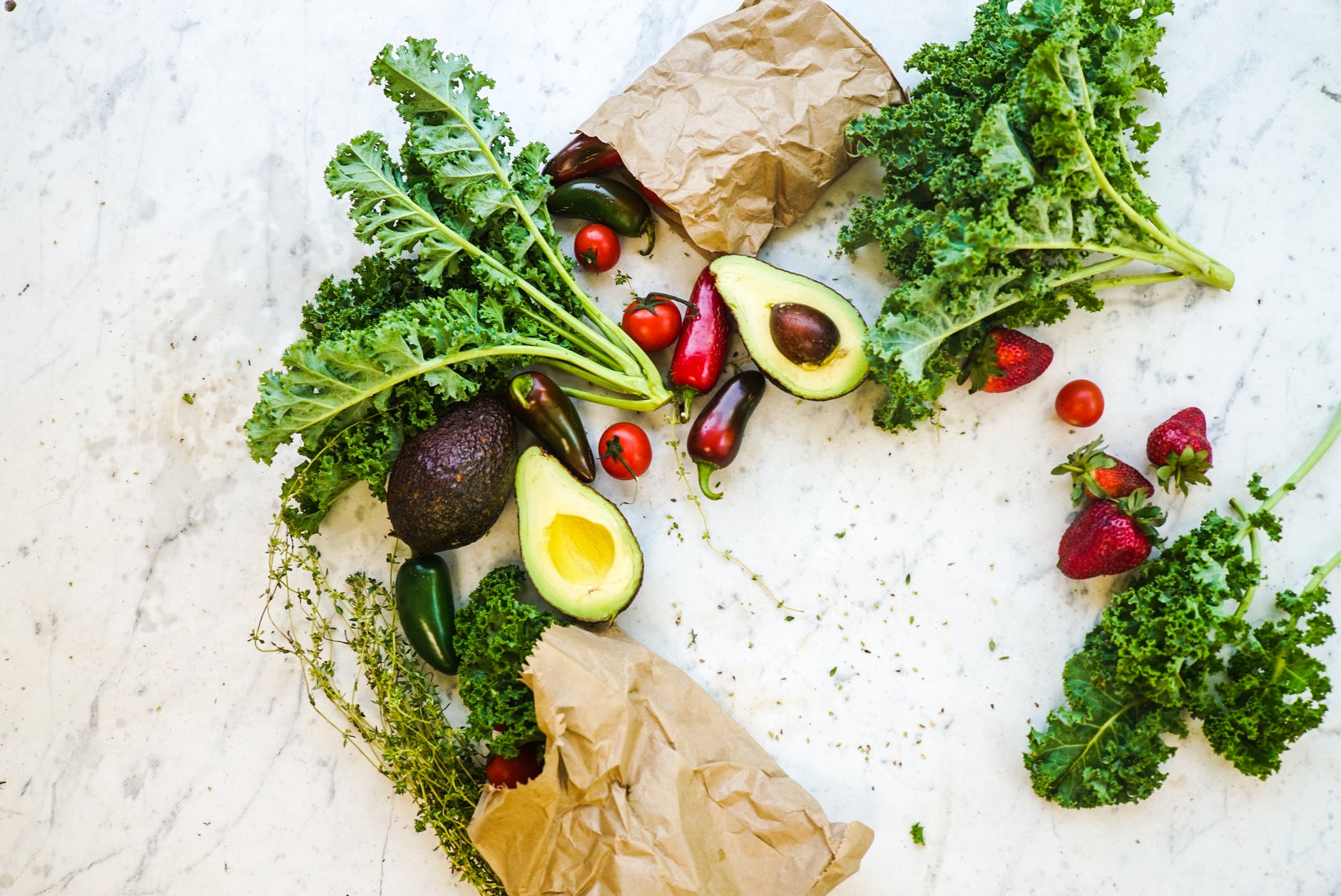
Low carb doesn’t mean no carb. Fibre is your friend. Veges are your Viagra. Sorry, that’s the only thing I could think of that started with V – but seriously – the energy you’ll have will get you up and going, so I think that works…..
Start looking at food packaging and check the back of the pack for the nutrition panel. Check the carbohydrates per serving and subtract the fibre. That’s your net carbs. Products low in fat and high in sugar….get rid of them immediately and also any artificial sweeteners. I’ll leave out WHY for another post.
Eliminate all beverages with sugar. That includes fruit juices and some alcohol. However Gin or Vodka with soda water and a squeeze of lime is not only fabulous, it’s 0 carbs! Just watch the trap of drinking as you may end up snacking as well….go easy tiger. FYI: dry wines or champagnes are often lower in carbs, however please not that when you change your diet like this, you may end up a little more ‘alcohol sensitive’, if you know what I mean. Yes I’m saying I’m now a much cheaper drunk……kidding. (Not kidding).
I don’t eat any grains as they an be higher in carbs and give me bloating, however some convert slowly into sugar, which is the type of carbs you want to keep eating even while on a low carb diet. Grains like oat fibre have zero net carbs. But, if you want to go grain free, it’s better to do it gradually also. I don’t eat rice, can eat a little quinoa, nothing with wheat and for noodles, I eat Konjac or Shiritaki noodles. They’re weird, amazing and really fast to use as they only need to be dunked in hot water for a minute to be ready to consume! They’re loaded with fibre and low in calories too however you will need to drink a lot of water as they soak up a heap of water when you eat them.
The healthiest carb you should still eat every day are vegetables. At least two cups of vegetables a day is the goal especially green, leafy veggies and cruciferous ones.
One cup of broccoli contains only about 5 grams of carbs. If you’re wanting to go into Ketosis, you must restrict your carb intake to 30-50 grams of carbs a day. It can be a challenge, but is easily achievable.
With fruit, low-carb fruits like berries contain antioxidants and fibre. Just don’t go crazy as they do contain natural fruit sugars as well.
An easy way to remember is to eat carbs that were around several generations ago. Or eat the mediterranean diet. Veggies, fruits and wild grains all contain fibre and fibre both fills you up, helps the bowels and goes straight through! Winning at life! Than combined with protein and fats is the winning combination. And yes. You can eat cheese. And bacon…..OMG I love food.
BEST OF LUCK!
Hi I'm Monique Bradley.
